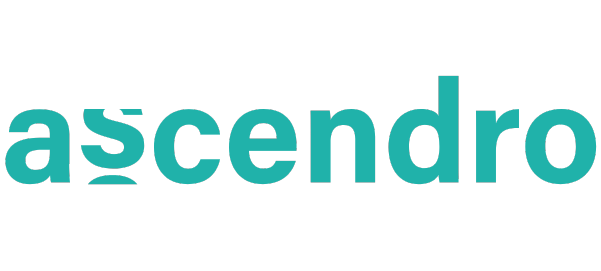Digitization was our buzzword for a LinkedIn campaign to see if and to what extent companies are already advanced in their digitization projects. Surprisingly, we found that most are on the pathway towards completing digitization to the desired extent. The question then becomes, well, what comes after digitization or are we in a permanent digitization, per cycle then with new tools and opportunities? Digitalization is not a child of the 21st century. The history of digitization really began in the 1930s and 1940s. Certainly in the next cycle new technology trends will emerge, whether it’s blockchain, AI, Web3, extended reality, datafication and so on.
But I think compelling changes will be in the enablement of the business as an IT service provider itself. Empowering IT to hand off direct implementation tasks to the business to further sharpen and optimize business process will be a next major milestone. Low-code will play a massive role here. Low-code has reached a level of maturity that enables it through its applicability and technological structure. Certified interfaces to legacy systems such as SAP, Salesforce, Microsoft up to integration with state-of-the-art architectures such as Kafka or REST, ensures a zero-data footprint. At the same time, security is not neglected in any respect.
In over 5,000 projects, it has already been shown with Intrexx that reductions in implementation time of up to 70% can be achieved. The IT team can thus concentrate on the core function and governance of these low-code environments. The business department gets what is needed faster and more efficiently. Where customization is necessary, the Intrexx platform provides state-of-the-art development components for IT staff to do so.
Optimal productivity, coupled with cost reduction, adapted and understandable risk management, in which the business department becomes more a delivery and agile partner together with IT.
Related Posts
July 2, 2024
Smart Scaling through Nearshore Staff Augmentation: A strategic guide
At Ascendro, we use strategic nearshore staff augmentation to help your…
June 26, 2024
Fixing the cookie consent banner issue: Or how I tamed The Cookie Monster Banner
Embark on Problem-solver Andrew's quest to conquer the cookie consent banner…
February 14, 2024
Workflow automation for small businesses: Optimizing operations and boosting productivity
How our internal tools help SMEs optimize operations and boost productivity




